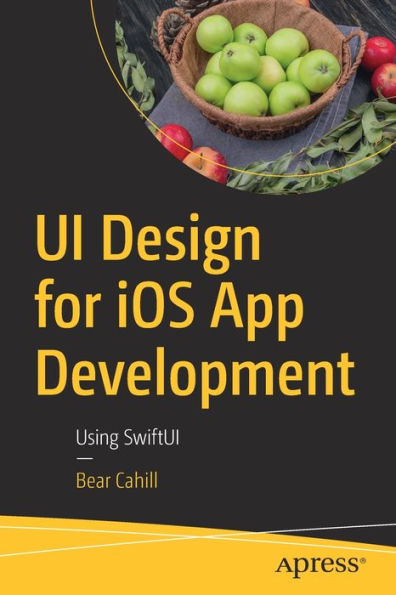SwiftUI is new in iOS 13 but you may want to support past versions as well. To satisfy this, you'll start by reviewing nib/xib files and Storyboards and then move into SwiftUI and explore how to design apps in both UI toolkits. Gaining a firm base in technologies old and new will allow you to future proof your UI during this period of transition.
Developers generally want to stay in code, but UI development tends to be a visual effort. This book takes a very structured and code-like approach to UI design to take the fear away. You’ll grasp Storyboards and Auto-Layout/Constraints, while also learning to move past them with the easier options in SwiftUI. A clear understanding of both technologies is key to keeping your most functional coding and also making things look right.
With UI Design for iOS App Development, you’ll learn SwiftUI easily and get back into your code quickly.
What You'll Learn
• Build iOS app UIs both in current and new paradigms
• Work with Storyboards and Auto-Layout/Constraints
• Design UIs in a coder friendly way
Who This Book Is For
SwiftUI is new in iOS 13 but you may want to support past versions as well. To satisfy this, you'll start by reviewing nib/xib files and Storyboards and then move into SwiftUI and explore how to design apps in both UI toolkits. Gaining a firm base in technologies old and new will allow you to future proof your UI during this period of transition.
Developers generally want to stay in code, but UI development tends to be a visual effort. This book takes a very structured and code-like approach to UI design to take the fear away. You’ll grasp Storyboards and Auto-Layout/Constraints, while also learning to move past them with the easier options in SwiftUI. A clear understanding of both technologies is key to keeping your most functional coding and also making things look right.
With UI Design for iOS App Development, you’ll learn SwiftUI easily and get back into your code quickly.
What You'll Learn
• Build iOS app UIs both in current and new paradigms
• Work with Storyboards and Auto-Layout/Constraints
• Design UIs in a coder friendly way
Who This Book Is For

UI Design for iOS App Development: Using SwiftUI
322
UI Design for iOS App Development: Using SwiftUI
322Paperback(1st ed.)

Product Details
| ISBN-13: | 9781484264485 |
|---|---|
| Publisher: | Apress |
| Publication date: | 12/18/2020 |
| Edition description: | 1st ed. |
| Pages: | 322 |
| Product dimensions: | 6.10(w) x 9.25(h) x (d) |
